
Art house can almost be considered a film genre itself, despite it being more of a style. Of course, there are common elements found in many art house films; existential questions of one’s place in society, how film can enhance a scenario outside of acting and dialogue alone, and usually an outsider perspective on an already-observed scenario. Art house cinema is refreshing, hence why so many classic cases of art house films remain staples in film history altogether.
Knowing that art house is a style, maybe it’s time to see great examples of how this type of cinema can bring something new to actual film genres. Conventions are going to mostly be left at the door; one or two signature tropes will be brought in so we can at least recognize what genre is being created. Here are ten movies that combine arthouse and genre cinema effectively.
1. Blue Velvet
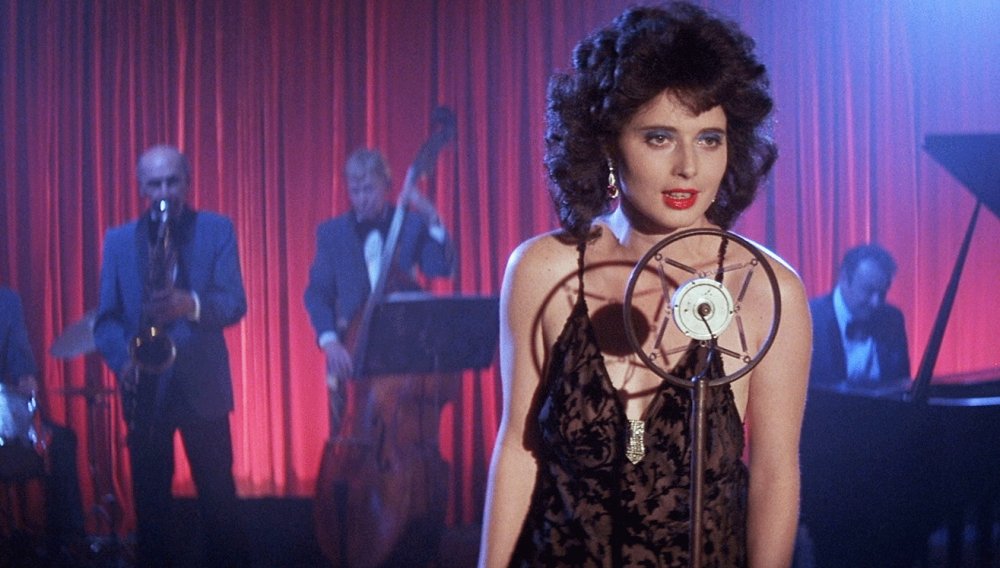
David Lynch loves creating cinematic love letters in the most twisted of ways. Mulholland Drive has been a dream and a nightmare found within Tinseltown. Eraserhead is the American Dream being celebrated and ripped apart. Twin Peaks has shown homage to soap operas whilst dismanteling them (and television, completely) since the very start. Blue Velvet is no different.
This is Lynch’s take on a John Hughes high school romance dramedy. There are obvious noir elements here, but I feel like those have been beaten to death. The teen high school category that Blue Velvet dabbles in includes the awkward character chemistry that blossoms into love, the ex-boyfriend that wants to get his girlfriend back, the dreamy high school dance, and adolescents facing reality.
Lynch saw a connection between the search for identity that teenagers have, and the loss of direction that noir detectives have. Together, Blue Velvet is an extreme portal into adulthood, where the one-liners are extremely awkward (yet endearing), and the after-school nightlife is much worse than school (much, much worse).
2. Drive
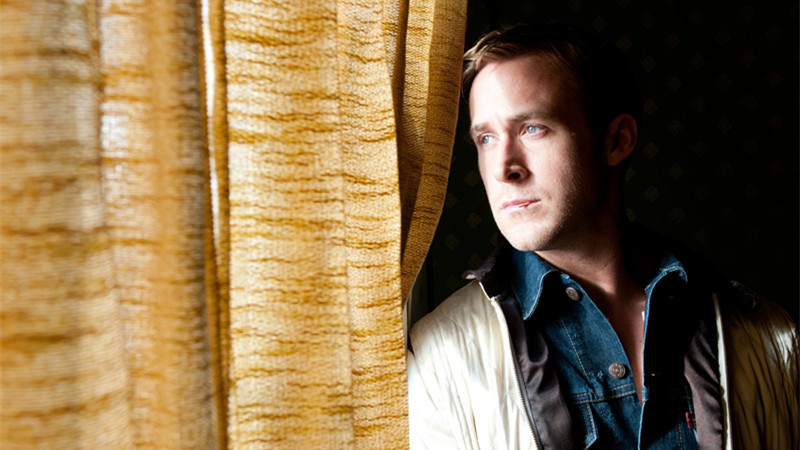
We still haven’t quite seen something as effective as Drive since it first came out (not even Nicolas Winding Refn has managed to quite top this achievement). Whether you like Drive or not, it is a damn stellar attempt at emphasizing some of neo noir’s strongest elements.
The entire world is neon pinks, purples, oranges and blues; the city engulfs the protagonist by its lights, not by its business alone. There is still a dark underbelly, though, with the obsidian nighttime that fogs up the empty space between the lights.
The protagonist (somewhat of a detective of the underworld in Los Angeles, in the sense that he uncovers the hidden alleyways of the crime organizations) barely offers a word, and doesn’t even have a name to give. He’s not just in his own world, he’s almost off the grid (outside of being heavily watched by the mob and the cops).
Drive, ironically, doesn’t feature many driving scenes, but the title means much more than that. May I offer that it also represents the “drive” that noir protagonists experience when they leap into the dismal unknown?
3. El Topo
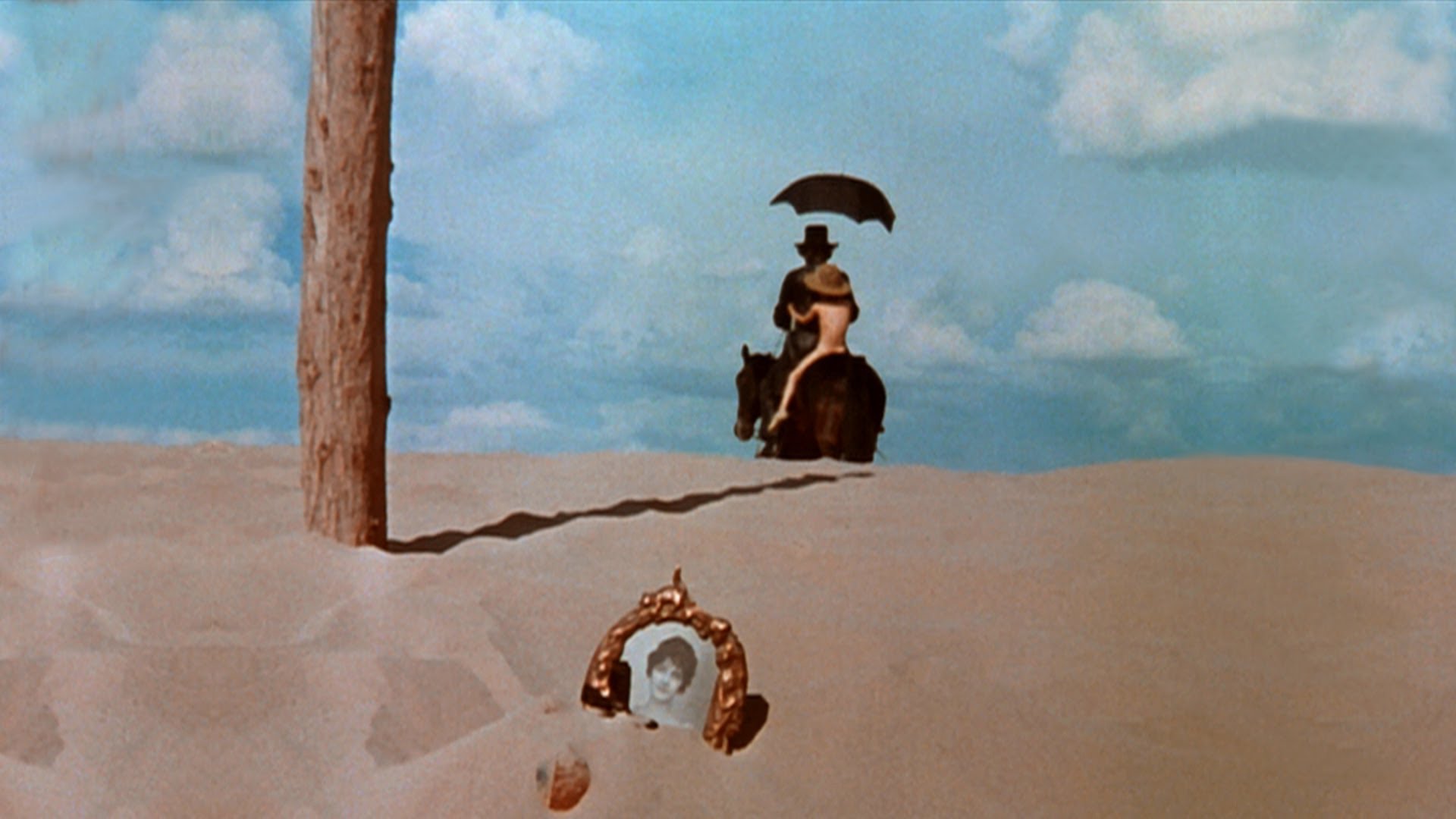
I mean, this is such an obvious example, but that’s also why it is here. In spaghetti westerns, lone rangers arrive unannounced, and leave it all on the line without a seconds thought. They’re either wanting to find danger, or they have lost all the care in the world to worry about death at this point. There’s a motivation that allows these gunslingers to complete their risky journeys.
In El Topo, it’s a quest for enlightenment. It’s a spiritual trek that opens itself up in such experimental ways (well, duh, it’s Jodorowsky). Combine the goal of self-discovery with self-sacrifice, the scorching heat of the desert, and the bastardized, conflicting ideas of what the American Dream can be (also applied on a global scale). You’ll get El Topo: one weird-ass adventure that will certainly not be mistaken for any other westerns anytime soon.
4. Eyes Wide Shut
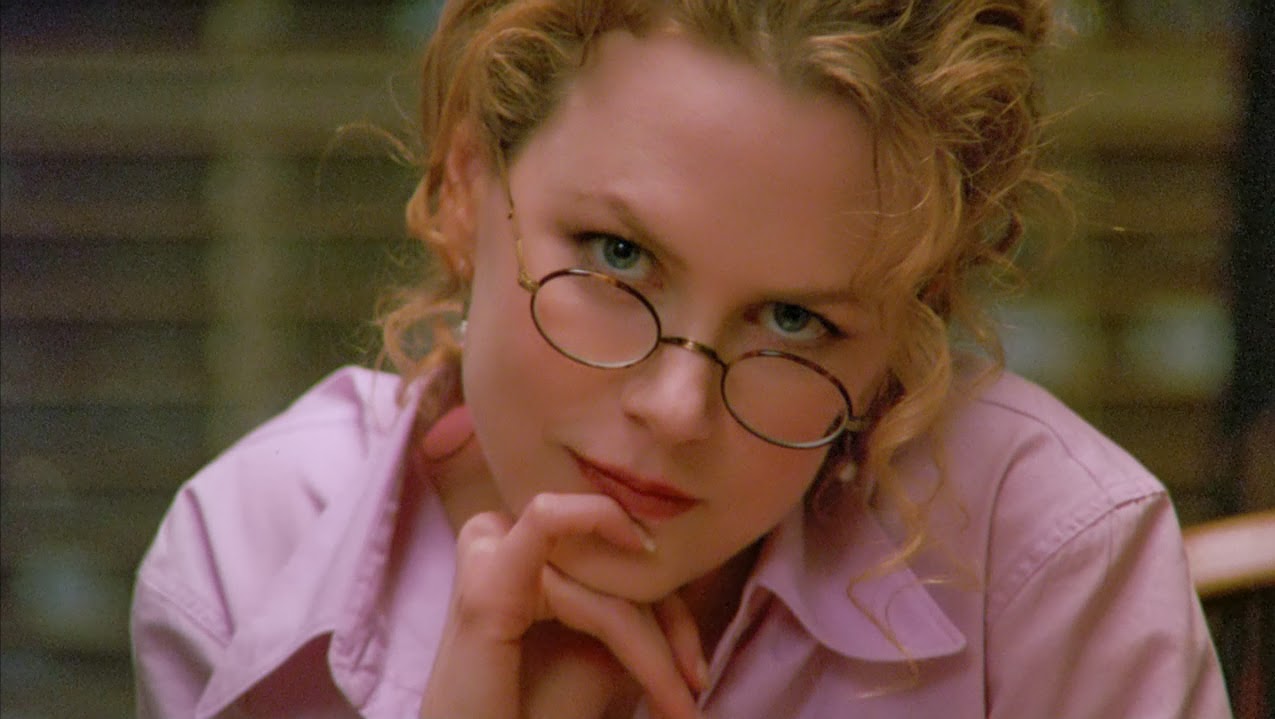
In a lot of romantic drama films, a couple is in love, something happens, and they split apart, only to reconvene in the end. They either get back together, or they acknowledge that they both have moved on. Fine. Stretch that out to three hours, suck all of the energy out to the point of dizzying bliss, and toss in a deeply unsettling second act, and you’ll get Eyes Wide Shut.
The mansion orgy sequences almost feel like they are from another film, and that may have been Stanley Kubrick’s goal. You really feel like you are experiencing a new world, as if you are dipping your toes in the pool of some new taboo fetish that scares you as much as it entices you.
Knowing the strain that Bill has been feeling before, you may not encourage him to go down this path, but you understand why he does. You might understand, because this is a similar path in most romantic dramas: the test of what this lead character truly needs (their thought-to-be life partner, or something else).
Eyes Wide Shut just has a much more daring take on this trope, and it authentically makes you scared of the wrong turn you’ve taken. By the fragile end, you’ll know pain and fear.
5. Eyes Without a Face
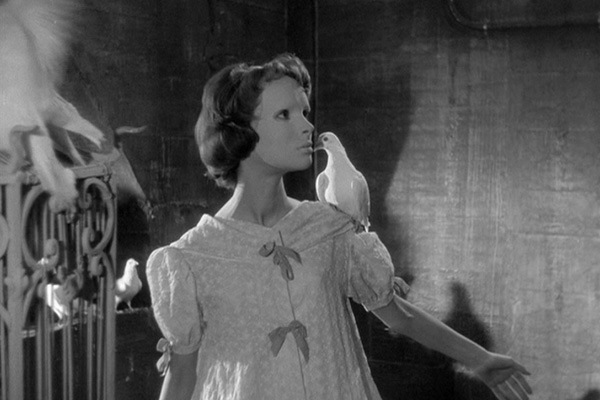
Classic horror elements can be scary. Look at the zombies in Night of the Living Dead. Everyday people and facilities can be scary, too. Psycho made audiences second guess motels and their own showers for decades. If you combine the two, you get the bastardization of an everyday practice that actually becomes unthinkable due to its absurdity.
Enter Eyes Without a Face. An honest attempt to save a daughter’s disfigurement turns a doctor into a maniac that preys on innocent victims. Dr. Genessier wishes to help his daughter, but he gets lost in the miasma of his own mind and finds it acceptable to lure other girls in and surgically remove their faces without their consent. It’s such an oddball take on the horror genre.
Yes, we can identify that the motives in many horror films are usually driven by a wrongful concept of what the greater good is (Norman Bates trying to obey his mother’s conscious), but it just feels different in Eyes Without a Face. This is a man driven by love to the point of insanity. We don’t even see the early stages of it. We just see the psychotic end result. It’s very scary, but arguably depressing, too.